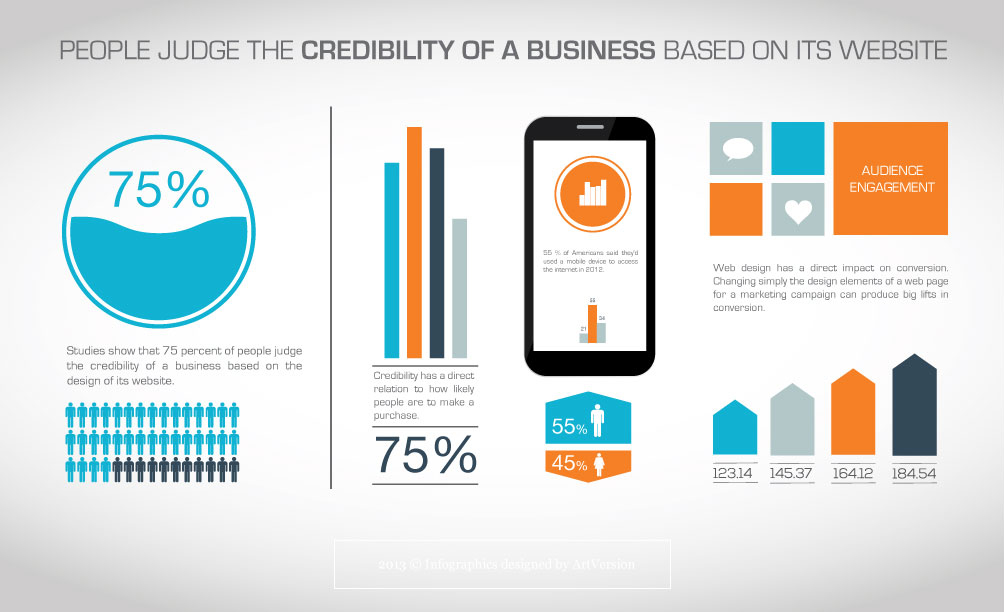Intrigued In Discovering How Internet Site Style Has Progressed Throughout The Years? Explore The Journey From Simple Layouts To User-Centered Techniques
Intrigued In Discovering How Internet Site Style Has Progressed Throughout The Years? Explore The Journey From Simple Layouts To User-Centered Techniques
Blog Article
Short Article Author-Kahn Molina
In the past, web sites were easy and focused on info. Navigating was straight, and design was for desktop computers. Now, customer experience is vital. Data guides layouts for simple navigating. Receptive formats suit various gadgets. Today, dark mode decreases strain, and minimalist food selections improve navigating. Interactive functions engage users, and bold visuals stand apart. AI combination enhances engagement. See exactly how style has actually evolved to boost your on-line journey.
Very Early Days of Web Design
In the very early days of website design, simplicity preponderated. Web sites were basic, with minimal shades, typefaces, and layouts. The emphasis was on providing details instead of flashy visuals. Customers accessed the net via slow dial-up connections, so rate and performance were essential.
Navigating menus were straightforward, typically situated at the top or side of the web page. Internet sites were designed for computer, as mobile surfing wasn't yet prevalent. Content was king, and designers prioritized very easy readability over complicated style elements.
HTML was the main coding language utilized, and designers needed to work within its constraints. Computer animations and interactive features were very little contrasted to today's standards. Websites were fixed, with little vibrant material or individualized customer experiences.
Surge of User-Focused Layout
With the advancement of site style, a shift in the direction of user-focused layout concepts has become progressively prominent. view it now , creating sites that prioritize customer experience is crucial for engaging visitors and attaining company objectives. User-focused layout includes recognizing the demands, choices, and habits of your target market to tailor the internet site's layout, web content, and includes accordingly.
Developers currently conduct extensive research, such as customer studies and use testing, to gather understandings and responses directly from users. This data-driven approach assists in creating instinctive navigation, clear calls-to-action, and aesthetically enticing user interfaces that resonate with visitors. By putting the customer at the facility of the style process, websites can provide an extra customized and enjoyable experience.
Receptive design has also become a crucial aspect of user-focused style, making certain that internet sites are enhanced for various tools and display sizes. This flexibility enhances accessibility and usability, catering to the diverse ways individuals engage with sites today. Essentially, the surge of user-focused design represents a change towards producing digital experiences that prioritize the needs and expectations of the end customer.
Modern Trends in Web Design
Discover the latest patterns forming website design today. One prominent pattern is dark mode design, providing a streamlined and modern-day look while decreasing eye stress in low-light atmospheres. One more essential pattern is minimalist navigation, simplifying food selections and enhancing user experience by concentrating on essential elements. Incorporating micro-interactions, such as computer animated buttons or scrolling effects, can develop a much more interesting and interactive internet site. Receptive design continues to be important, making sure seamless user experiences across different devices. In addition, utilizing strong typography and asymmetrical layouts can include visual interest and accentuate specific web content.
Integrating AI modern technology, like chatbots for consumer support or tailored recommendations, improves individual involvement and streamlines procedures. Accessibility has additionally become a significant fad, with developers prioritizing inclusive layout methods to cater to varied customer requirements. Welcoming sustainability by optimizing website performance for speed and effectiveness is one more arising trend in website design. Working together with individual feedback and information analytics to repeat and enhance layout continually is essential for remaining pertinent in the ever-evolving electronic landscape. By accepting these contemporary fads, you can produce an aesthetically enticing, user-friendly web site that resonates with your audience.
Verdict
As you reflect on the advancement of internet site design from the very early days to currently, you can see how user-focused design has actually become the driving pressure behind modern-day fads.
Embrace https://playstation-news.net/uncategorized/digital-marketing-software-market-major-technology-giants-in-buzz-again-adobe-systems-incorporated-oracle-corporation-ibm-corporation-sap-ag-microsoft-corporationo-inc-salesforce-c/21324/ of modification and adaptation in web design, constantly maintaining the individual experience at the leading edge.
Stay current with the most up to date patterns and innovations, and never quit progressing your strategy to produce aesthetically spectacular and easy to use web sites.
https://why-use-digital-marketing63840.idblogz.com/27037909/experience-the-transformative-power-of-the-eco-friendly-hosting-movement-in-revolutionizing-web-remedies-for-a-sustainable-future-find-even-more-beyond-the-surface , adapt, and develop - the future of website design remains in your hands.
